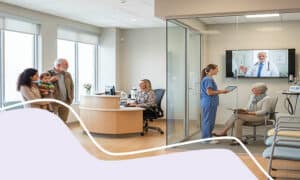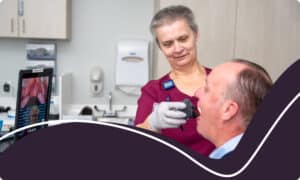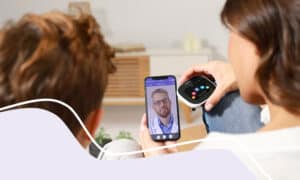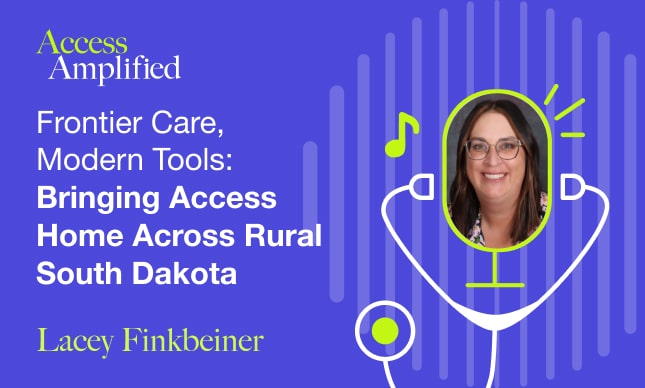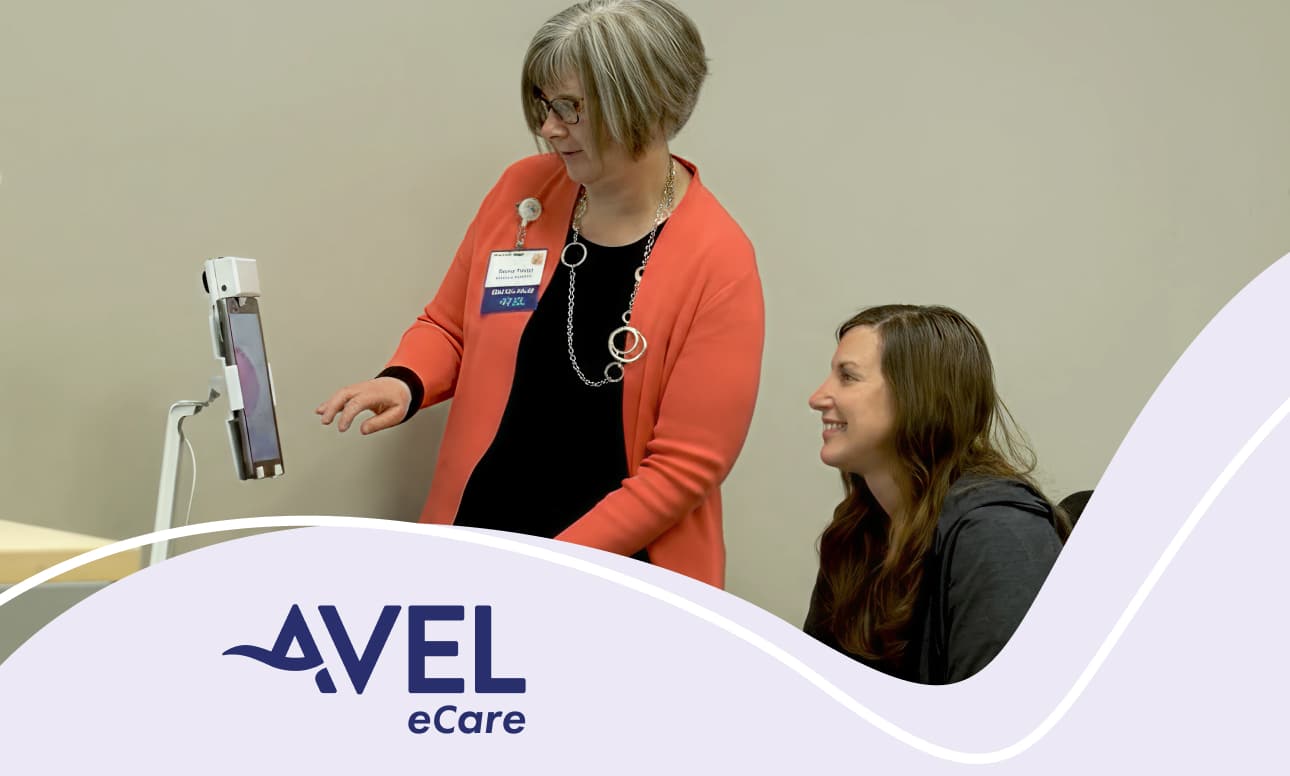The Future of School Health: Lessons from 2,500+ TytoCare-Enabled Schools
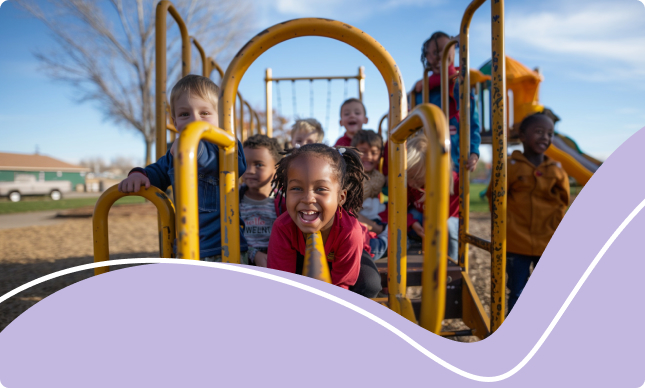
If you’ve ever tried to schedule a last-minute pediatric appointment while juggling work, carpools, and school drop-offs, you know how challenging it can be to access timely care. Now imagine facing those same barriers without reliable transportation, health insurance, or even a local provider nearby. For millions of families across the U.S., that’s an everyday reality, and one that school-based telehealth is helping solve.
At TytoCare, we’ve partnered with more than 70 health systems to bring telehealth into schools. Today, over 2,500 schools across 31 states use our Pro Smart Clinic to deliver clinical-quality care from the school nurse’s office, turning sick days into class days and missed appointments into real-time answers.
So, what have we learned from these programs? Here’s what the future of school health looks like – and why it matters.
Meeting Kids Where They Are
Schools are more than educational institutions—they’re one of the most consistent access points for healthcare. With over 50 million students attending school six hours a day, five days a week, schools represent a powerful, underused opportunity to deliver care.
This is especially true in underserved areas where students may not have a regular doctor or easy access to transportation. By placing a virtual school health clinic directly in the building, school-based telehealth ensures that care is never more than a few steps away.
TytoCare’s platform enables school nurses or telepresenters to conduct exams on the spot—ears, throat, lungs, heart, skin, and more—while a remote clinician diagnoses in real time. It’s pediatric telehealth that mirrors the quality of in-person visits and fits seamlessly into the school day.
Keeping Students in Class and Out of the ER
Let’s talk about results. In schools using TytoCare:
- 27% of parents said they would have taken their child to the ER if the school-based telehealth visit wasn’t available.
- 45% would have gone to a clinic, often missing school or work to do so.
Instead, students are evaluated, treated, and—when appropriate—sent back to class, saving families time and keeping kids where they belong: learning.
School-based virtual care doesn’t just solve a health problem—it solves an education one. Chronic absenteeism, especially in Title I schools, is a major driver of poor academic outcomes. According to the American Academy of Pediatrics, consistent attendance is directly linked to better grades, higher test scores, and stronger graduation rates.
A Win for Health Systems, Too
What’s in it for providers? A lot.
By integrating school-based telehealth into their care networks, health systems are:
- Reaching hard-to-engage pediatric population
- Improving health equity through early detection and intervention
- Reducing unnecessary ED and urgent care utilization
- Building trust and visibility in the community
- Increasing primary care engagement while decreasing downstream costs
Programs like Cone Health’s Whole School, Whole Community, Whole Child model in North Carolina are leading the way. Their success hinges on deep partnerships with school districts and public health agencies, with formal agreements, outcome metrics, and shared accountability built in.
Solving the Workforce Gap in Rural America
In many schools, especially in rural areas, the nurse’s office might be unstaffed or even nonexistent. In fact, only 40% of schools have a full-time nurse, and 25% have none at all.
That’s where partnerships like Avel eCare’s come in. By using TytoCare’s school telehealth program, they enable schools with limited staff to still provide high-quality care. They leverage school nurses and admin staff to use Tyto devices to conduct exams while clinicians guide and assess remotely. It’s an elegant solution to a complex problem, and one that’s already transforming care in regions previously underserved.
Building a Scalable Future Together
What have we learned from working in 2,500+ schools?
- School-based telehealth thrives when designed with schools, not just for them.
- Shared protocols, parent engagement, and system integration are key.
- The impact is real and measurable.
As more states, districts, and health systems look to scale access, the TytoCare model is a proven blueprint. Whether you’re a provider looking to expand reach, or a school leader seeking solutions, there’s a path forward—and it’s already working.
Watch and Learn
Want to hear directly from leaders in school telehealth? Our 2025 School Health Virtual Summit features real-world insights from Avel eCare, East Tennessee Children’s Hospital, MUSC Health, OSU, and more.
Conclusion: A Clinic in Every Classroom
We’re no longer asking if school-based telehealth works. We’re seeing how it transforms care every single day.
With TytoCare, more than 2,500 schools are giving families the confidence that care is close, accessible, and high quality. For health systems, it’s an opportunity to deepen impact and unlock new models of care. And for students, it’s a chance to stay healthy and stay in school.
The future of school health is here. Let’s build it, together.
